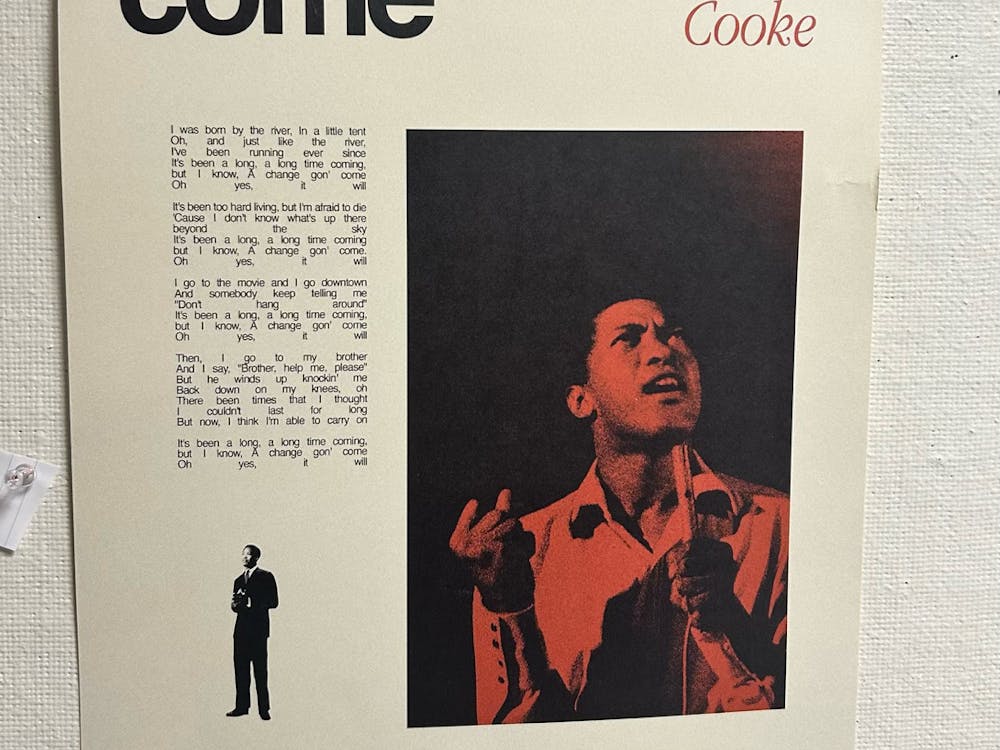“When we first came here, many of us found that we were not entirely welcome. A great number of men came to Johns Hopkins not wholly receptive to the addition of undergraduate women. There were those who resented the intrusion of women into their male sanctuary; there were those who considered women incapable of surviving academic pressures; and there were those who feared women would be equal competitors. In many instances we felt unusually isolated from the rest of the community.”
These are the words read by Cynthia Young at the University’s 1974 commencement. Young, along with the other women who helped write the speech, was part of the first full class of women to graduate from Hopkins.
Women were not permitted to attend Hopkins until 1970, when 90 women were admitted to the University. However, the year 1970 marks the tail end of the movement for women’s higher education in the U.S. — Oberlin College, for instance, first admitted women 133 years earlier in 1837. Women’s colleges were created around this time as well; 50 of them opened between 1836 and 1875.
Hopkins began admitting women around the same time that the Ivy League universities did; Princeton University and Yale University admitted their first classes of women in 1969, and Brown University admitted its first class of women in 1971. This timeline was not ubiquitous across the Ivies, however; Cornell University admitted women beginning in 1870 while Columbia University did not admit women until 1983.
While Hopkins began admitting women around the same time as its peer institutions, it was not on the cutting edge of the movement for women’s higher education.
In Young’s 1974 commencement speech, she highlighted that the norms at Hopkins were not entirely receptive to women. She recalled instances when co-ed classrooms were addressed as “gentleman,” women were told they needed male supervision to play ping pong and women were medically treated in broom closets because men were already in the infirmary.
Despite this, Young paints the picture of a strong, resilient group of women. According to her speech, by 1974, women held leadership positions on debate teams, the student council and The News-Letter.
In an interview with The News-Letter, Kat Kulkoski, a member of the Class of 1983, described life for women at Hopkins nine years after the first full class of women graduated.
She recalled that her introduction to the University was surprising coming from 12 years of Catholic school in New Jersey.
“We didn’t have all of the welcome activities and orientation that it seems like you have nowadays. We just kind of got plopped in there and sent to class,” she said. “It was very interesting to me how educated and famous the professors were there because I had not encountered that in the past.”
When describing the faculty at the University, Kulkoski recalled fair treatment of students regardless of their gender. However, she reflected on the sexism occasionally experienced from fellow students.
“There were some folks in my classes that weren’t as friendly towards women or didn’t treat women as peers, but it was fairly rare,” she said.
At the same time that women were first allowed to enroll at Hopkins, the University’s population of Black students was increasing. Three of the 68 women in the University’s Class of 1974 were Black. To this day, Black women on campus continue to call on the University for greater racial diversity and more attention to the demands of the Black community at and around Hopkins.
Kulkoski spoke about the strong community that formed among the women at Hopkins.
“We had a nice group in our dorm, and those were the women that I ended up living with after school,” she said. “We were a smaller group, obviously, so we did a lot together.”
Like the women before her, Kulkoski found success and achievement at Hopkins, even working as an intern at Blue Shield in Washington, D.C. twice a week while also enrolled in classes at the University.
Even today, there is still a strong community of people on campus organizing for increased gender equality.
Last year, for instance, transgender rights advocates on campus protested to include gender-affirming procedures under the University’s healthcare coverage. While the University did expand its healthcare coverage, students noted that not all their demands have been met.
Furthermore, students are working to ensure that women and nonbinary students of all races are afforded opportunities at the University. Groups like the Female Leaders of Color have cohosted events such as the Men and Women of Color Symposium, which functioned as a professional networking space focusing on conversations about the intersection of race and gender.
In her 1974 commencement speech, Young spoke to the future of Hopkins women.
“In the future, Hopkins women should not have to experience any more dramatic transitions,” she said. “We hope that they will be a part of the process of change, reflecting the growth of the larger institution.”
As the University continues to change, it is crucial that administrators listen to the calls of its student advocates and create a safer environment for people of all genders, races, religions, sexualities and identities.




